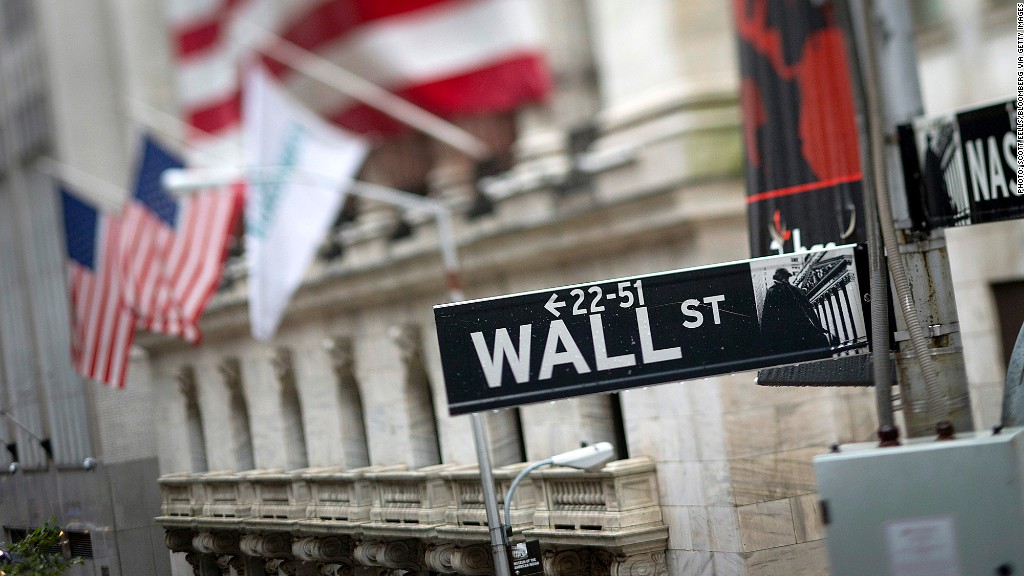
The murky world of exotic financial instruments known as "shadow banking" has grown, rather than shrunk, since the crash of 2008, and regulators are seeking new ways to control it.
The shadow banking system, which includes non-banking, and sometimes risky, instruments, was worth $67 trillion at the end of 2011, according to the Financial Stability Board, which coordinates global financial reform and regulation. That's up 8% from 2007, when it stood at $62 trillion.
About half the size of the global banking system, shadow banking provides an important alternative source of funding for businesses and individuals. But it can also threaten financial stability by using short-term assets to fund long-term lending, or by creating complex transaction chains which can rapidly exaggerate price moves up or down.
In 2008, the collapse of the mortgage backed securities market led to massive losses for banks and gave rise to a deep liquidity crisis. Regulators blamed the proliferation of "synthetic" securities such as collateralized debt obligations, and excessive use of leverage, much of it in the shadow banking system.
Some bankers argue that new post-crisis regulations, which have increased capital and liquidity requirements for traditional institutions, have only boosted demand for shadow banking and with it the risks of a future crash.
Related: Fed sets new stress tests for US banks
The FSB, established by the 20 leading economies in 2009, said it was consulting on a series of new policies aimed at reducing the potential systemic risks created by shadow banking, and would publish final recommendations in September 2013.
"The objective is to ensure that shadow banking is subject to appropriate oversight and regulation to address bank-like risks to financial stability emerging outside the regular banking system," said the FSB in its report.
The United States has the biggest shadow banking system, with $23 trillion of assets last year, followed by the eurozone with $22 trillion and the U.K. with $9 trillion.
Some of the major U.S. operators in the shadow banking system included Lehman Brothers and Bear Stearns, which did not survive the 2008 crisis.

"Among the jurisdictions where data is available, interconnectedness risk tends to be higher for shadow banking entities than for banks," the FSB said in its report.
Major financial centers, such as Hong Kong, the Netherlands, the U.K, Singapore and Switzerland all have shadow banking systems that dwarf their economies, due in part to the activities of foreign-owned institutions.


